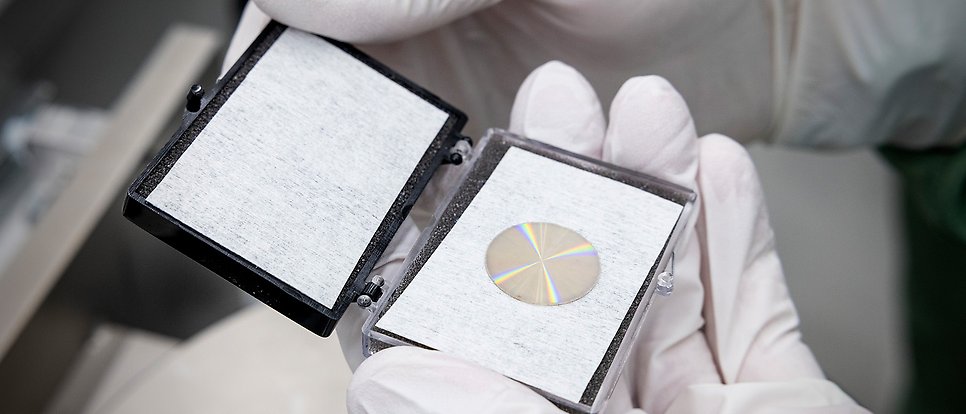Important component in the search for Earth-like planets
223 0

A new technique for reducing light interference during telescope observations enables imaging of Earth-like planets in nearby solar systems. The method has shown promising results in studies by an international team of astronomers and physicists, including researchers from Uppsala University.
Because of current technical limitations, it has been difficult to image exoplanets, i.e., planets outside of our solar system. Those images we do have are in most cases giant planets, much larger than Jupiter, which orbit very young stars. Often, these planets are also far from the habitable zone, where liquid water is found on the planet surface and creates the conditions for life.
One way to discover Earth-like planets in the habitable zone around stars similar to our sun in both size and age is to observe the sky in the infrared. These types of planets shine brightest at these wavelengths. But one problem is that both the atmosphere and the actual telescope emit infrared light, causing interference.
A new system has been developed to enable capturing images of smaller exoplanets by observing them over long periods, about 100 hours of observation time, in the middle of the infrared spectrum. The system has been used at the European Southern Observatory’s (ESA) Very Large Telescope (VLT) in Chile and has attained unmatched sensitivity using a diamond coronagraph that was produced at Ångström Laboratory at Uppsala University.
Coronagraphs are used to reduced blinding light from a star and, in this way, accentuate the weaker light from any planets orbiting it.
The study is part of Breakthrough Initiatives, a global space science programme searching for Earth-like planets around nearby stars.
“The method could, in a best case scenario, capture images of planets about 3 times the diameter of Earth in the habitable zone of Alpha Centauri A. That is equivalent to an improvement by a factor of 10 compared to existing systems for direct observations,” says Mikael Karlsson, the head of the research team within diamond optics at Uppsala University.